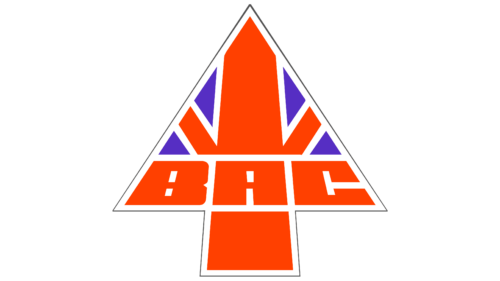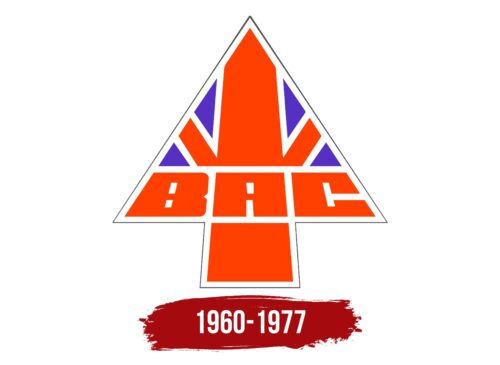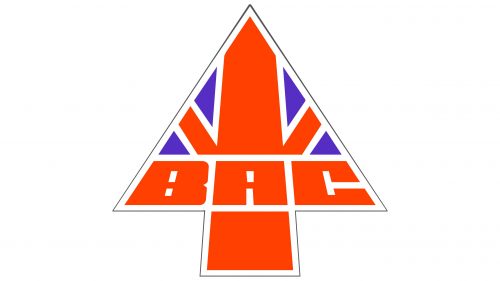 British Aircraft Corporation Logo PNG
British Aircraft Corporation Logo PNG
British Aircraft Corporation: Brand overview
The British Aircraft Corporation was established in the late 1950s when the British government merged several small aircraft manufacturers to enhance global competitiveness. On February 1, 1960, companies such as English Electric Aviation Ltd, Vickers-Armstrongs (Aircraft), Bristol Aeroplane Company, and Hunting Aircraft united to form this new entity, quickly becoming the UK’s second-largest aircraft manufacturer.
Since its inception, the company has focused on innovation. In 1962, they received a contract from the Air Ministry to develop a new light multi-role aircraft, which led to the creation of the Jaguar/Puma project. In 1964, it moved its headquarters to Westminster, London, positioning itself at the center of British politics.
Throughout the 1960s, several key military and civilian aircraft were actively developed, including the OA-8 Hungar trainer and the Jet Provost. , They mainly focused on the Concorde and Jaguar projects in the second half of the decade. The Concorde project was particularly important; the company collaborated with French manufacturers to create the world’s first supersonic passenger airliner. The first Concorde prototype took off from Toulouse-Blagnac Airport in France on March 2, 1969, demonstrating the unique development of aviation technology.
The production of the Concorde culminated in 1976, with 20 aircraft built. It was celebrated with grand ceremonies at the company’s factories, marking its delivery to British Airways and Air France. The independent operations concluded in one thousand nine hundred seventy-seven as it merged with the Hawker Siddeley Group and Scottish Aviation to form British Aerospace (BAe). This merger was intended to sustain and strengthen the UK’s aerospace industry. BAe played an important role in developing military and civil aircraft in the UK throughout its years of activity.
Meaning and History
What is British Aircraft Corporation?
The British Aircraft Corporation (BAC), a product of the consolidation of the aviation industry, was formed in 1960. The organization arose from the merger of several prominent British aviation companies: English Electric Aviation Ltd, Vickers-Armstrongs (Aircraft), Bristol Aircraft Company, and Hunting Aviation. The government pushed these four companies to merge, forming a powerful alliance in the aviation industry.
1960 – 1977
The British Aircraft Corporation boasts one of the most memorable emblems in the aerospace industry. The main element is an upward-pointing arrow, symbolizing that the company’s aircraft are reliably in the air and actively used for air transportation. The design consists of separate fragments of the British flag: red and white stripes and blue triangles. The abbreviation “BAC” is also present.
The emblem originally combines elements of national identity and demonstrates the company’s commitment to excellence in aviation. The arrow pointing upwards signifies the reliability of air transportation and speaks of progress and forward movement. Incorporating elements of the British flag links the company to its roots and gives a sense of pride and tradition.
FAQ
What happened to the British Aircraft Corporation?
Formed in 1960 from the merger of several smaller aerospace companies, the British Aircraft Corporation has significantly impacted the UK aviation sector and developed iconic aircraft such as the Concorde. By the mid-1970s, the UK government consolidated the aerospace industry to improve efficiency and global competitiveness.
On 29 April 1977, the government nationalized the company along with Hawker Siddeley Aviation and Scottish Aviation. The move was part of a wider strategy to restructure the UK’s aerospace sector to make it economically stronger and better organized. This restructuring led to the creation of British Aerospace Plc (BAe), a new organization created to integrate the skills and resources of these large aerospace firms within one government organization.
The creation of British Aerospace represented the coming together of the best parts of Hawker Siddeley and Scottish Aviation. This merger allowed the company to pursue major projects and compete internationally in the defense and aerospace markets. The creation of BAe marked the end of the company’s existence as an independent organization and the beginning of a new chapter for the British aerospace industry.




